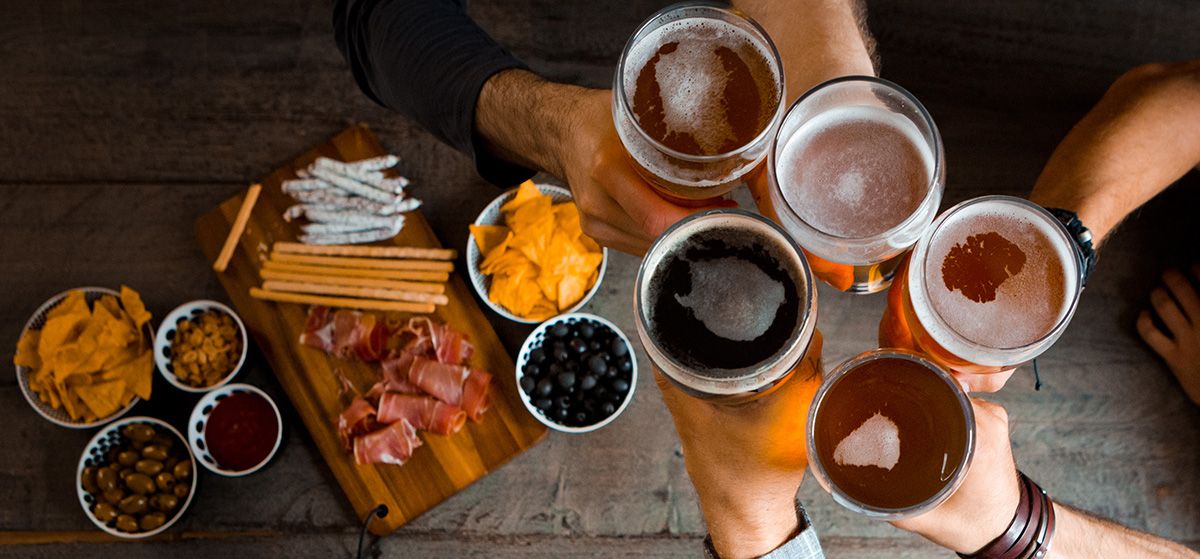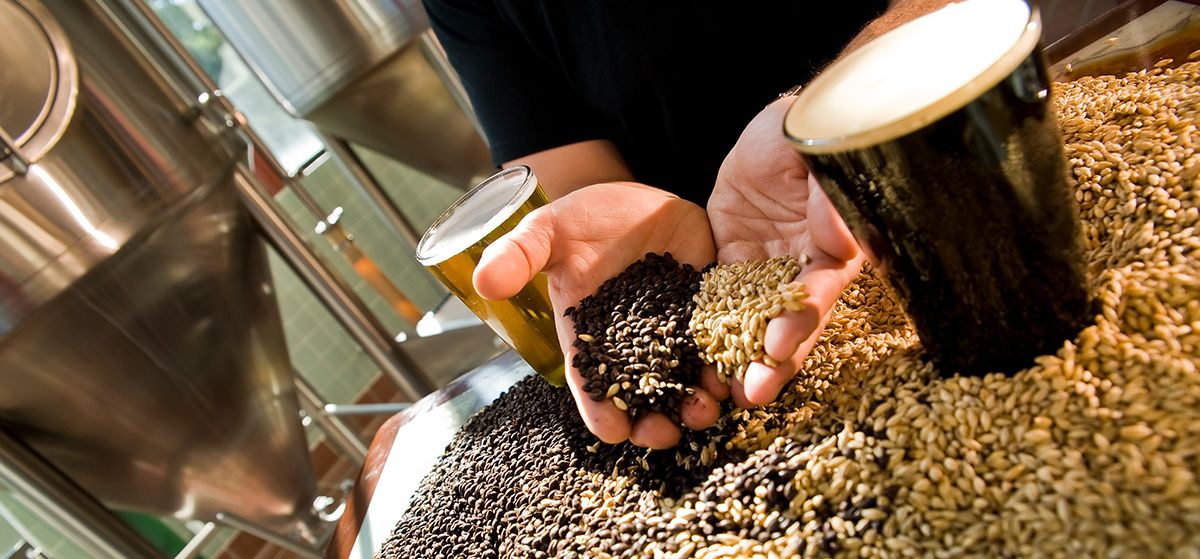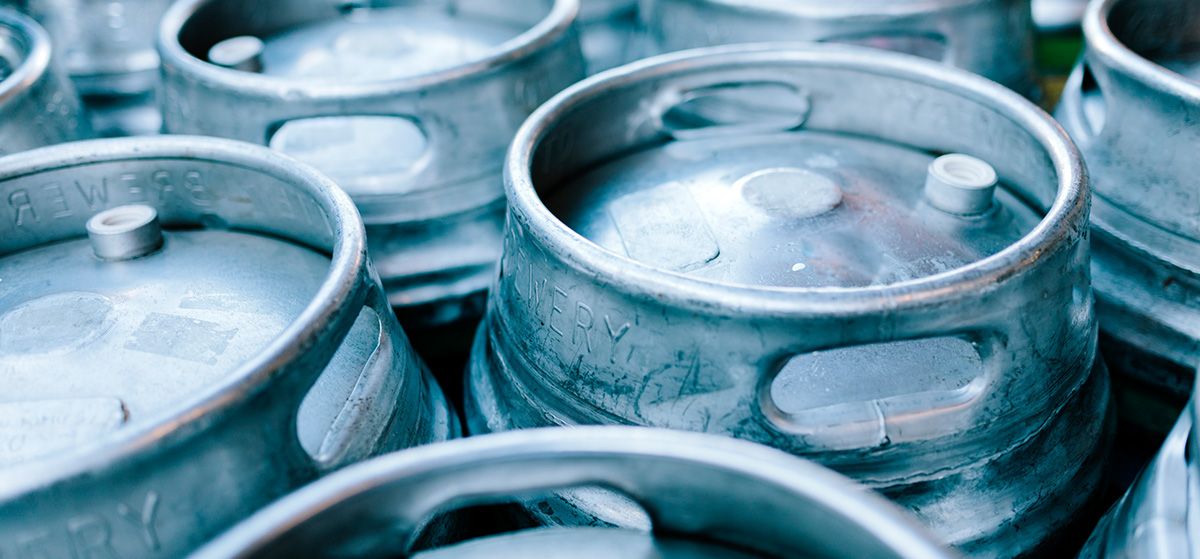Businesses are constantly looking to evolve and expand, and this is no different in the beverage alcohol space. However, this is a more heavily regulated industry than most others, which makes bringing new products to the marketplace a unique challenge for a brewery.
In addition to the standard logistical issues businesses face like market analyses, licensing, and distribution, a brewery also has to cope with a bevy of regulations from the federal government, state governments, and, in some places, even local jurisdictions. Compliance can be tricky for companies in any space, but it is an especially difficult aspect of selling alcoholic products in the U.S. because of the murky regulatory landscape.
But, never fear! Everyone struggles with expanding their footprint, to some extent. These are natural growing pains, and it’s best to embrace them. In that spirit, we’ve put together a guide for beer producers looking to introduce new products to market and widen their distribution networks: 10 Steps to Expanding Your Brewery.




